Recapturing the Castle Raby
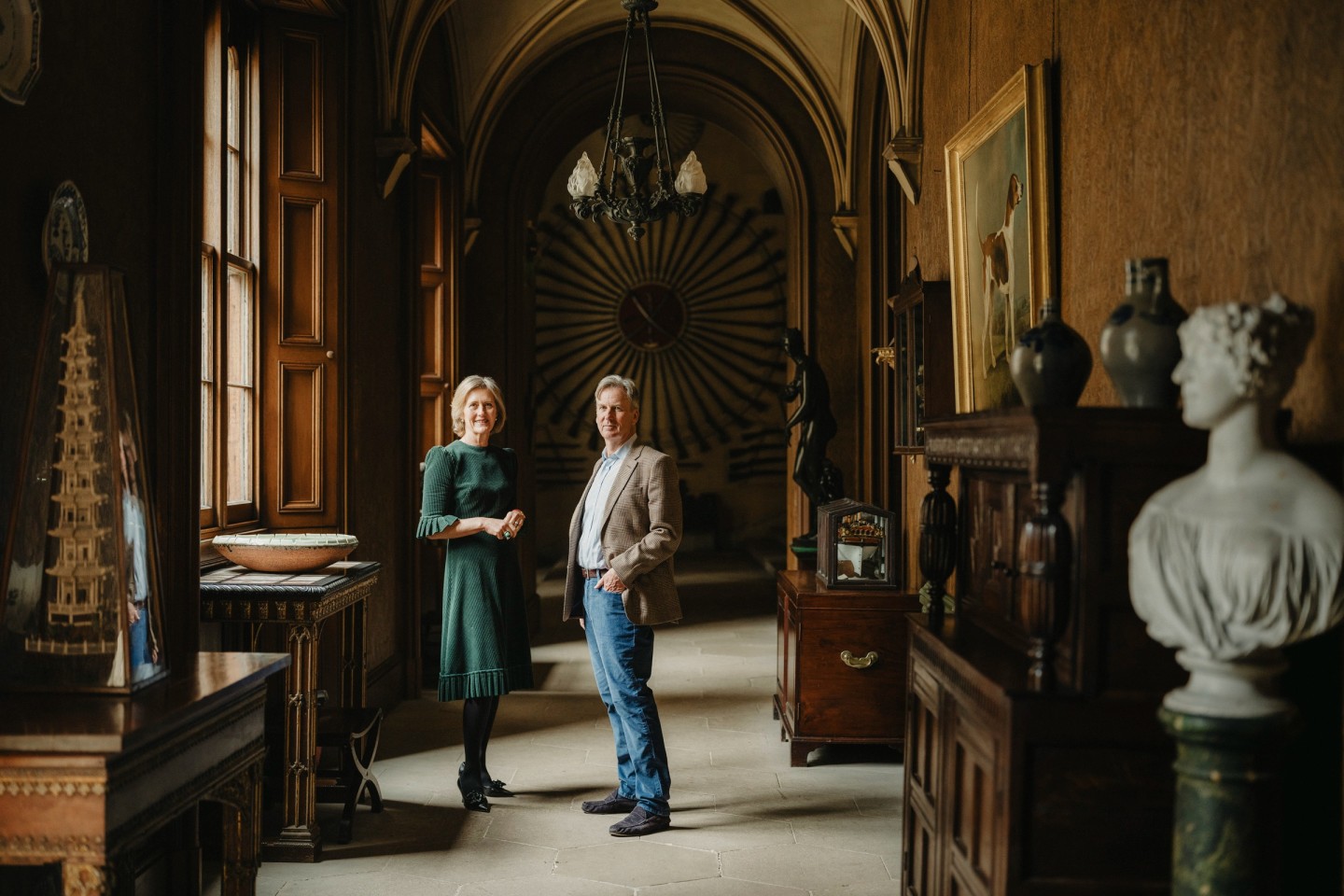
Roula Khalaf, Editor of the FT, selects her favourite stories in this weekly newsletter.
“Now, that is Kaiser Chief,” says Kate Barnard, pointing to a giant taxidermy bust of a longhorn bull that dominates the grand vaulted entrance hall of 14th‑century Raby Castle in County Durham. “I’m afraid he ended up on the wall, but we are very fond of him.”
Sire farming is one skillset Lord and Lady Barnard have developed since inheriting the castle from Harry Vane’s father in 2016. At that moment, Raby Castle was a sleeping beauty, a medieval palace fortress that had been in the Vane family for nearly 400 years, with over 100 rooms and a 250-acre estate including a walled garden, a deer park, two ponds and a series of rambling historic buildings within the grounds.
On the day we meet, Kate Barnard bounds through the property like a lacrosse player relaying her own castle discoveries along the way. Harry Vane, the 12th Baron Barnard, is more reserved but equipped with a deep knowledge of the history of the castle and his ancestry. He holds a degree in agricultural economics from Edinburgh University, an MBA from Durham, and lived previously in Shropshire in charge of the estate landholding, and in London, before moving back to County Durham in 2005. A former high sheriff of the county and a deputy lieutenant since 2012, he is well versed in the local area, and while he was not raised at the castle, he remembers trying to scale the fierce-looking portcullis with his siblings as a child.
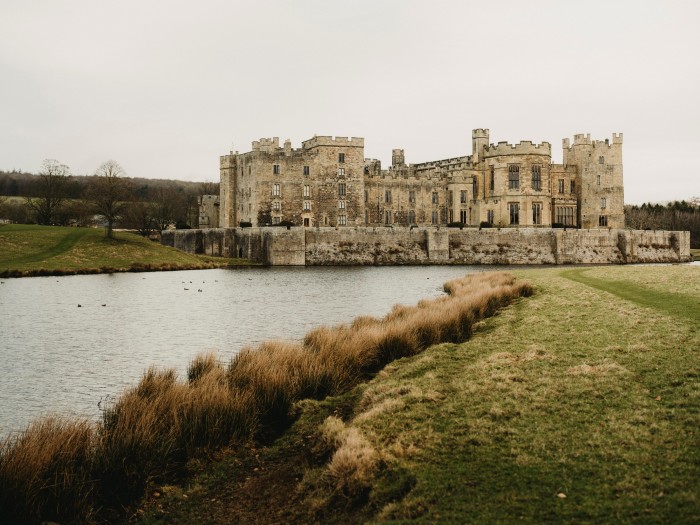
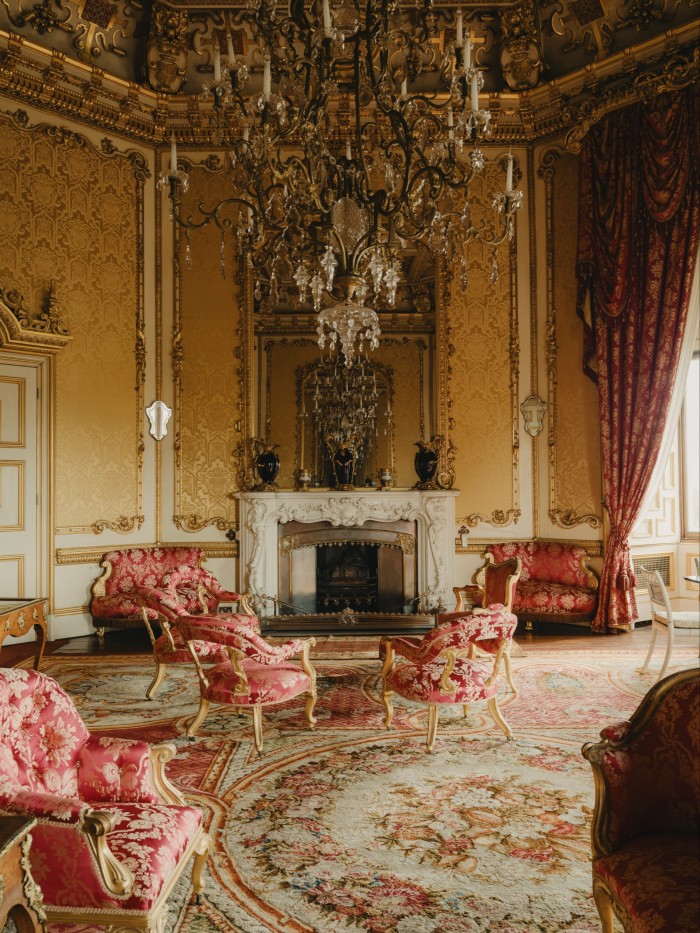
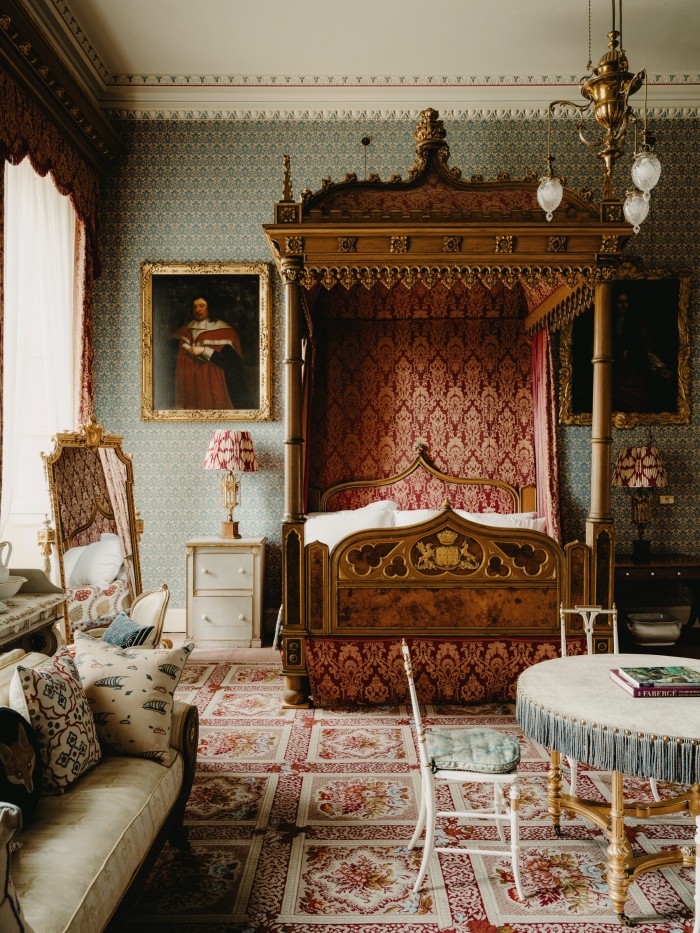
“The 14th-century structure [elements date back to the 11th century] remains as it is on the outside, with the exception of the windows and the reduction in height of the outer wall,” he explains of the various makeovers that have reflected the different modes of occupation, from restrained Regency to elaborate Victoriana, up to the modern day. “But the interiors have altered over time. The Nevilles were a very powerful northern family” – Cecily Neville was the mother of two kings of England, Edward IV and Richard III – “and being so far away from the centres of power, to some degree they were left to themselves to keep the Scots out. When the Nevilles came unstuck in the 16th century” – the castle was forfeited to the Crown, following the failed Rising of the North in 1569, until 1626 – “the Vanes came along, and during the 18th and 19th centuries really turned parts into a country house.”
The current Lord and Lady Barnard, who have three adult children, have now employed full-time estate and tourism managers in the 190-strong team, as well as an archivist to research and document the astonishing number of the castle’s artefacts. These range from oils of Charles II’s mistress to Grand Tour collectables to troves of 18th-century porcelain. The house’s highlights include the kitchen housed in one of a series of towers with its soaring ceilings and magnificent display of copper pans and jelly moulds. “This design needs to be reintroduced,” says Kate Barnard, stamping down on a foot pedal that swings open the door on a gigantic Esse range cooker. “Imagine a lasagne in that!” The chapel proffers a medieval arcade with historic portraits of the Neville family, as well as 16th-century stained-glass windows, while the Octagon Drawing Room is an opulent gilt and ruby-red damask affair faithfully restored by the 11th Lord Barnard.
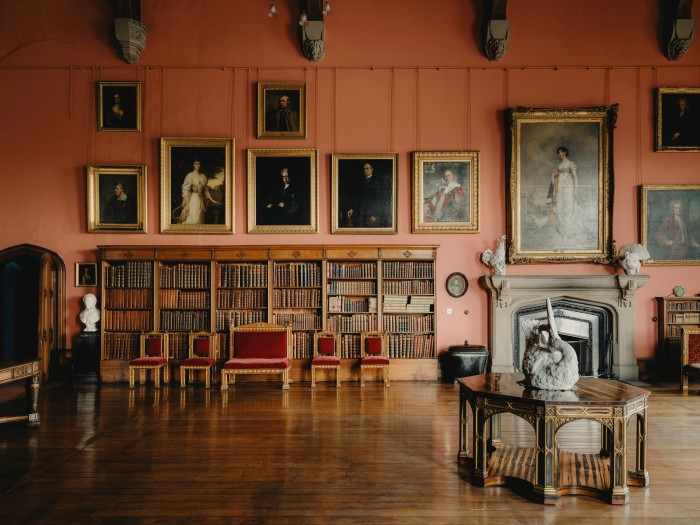
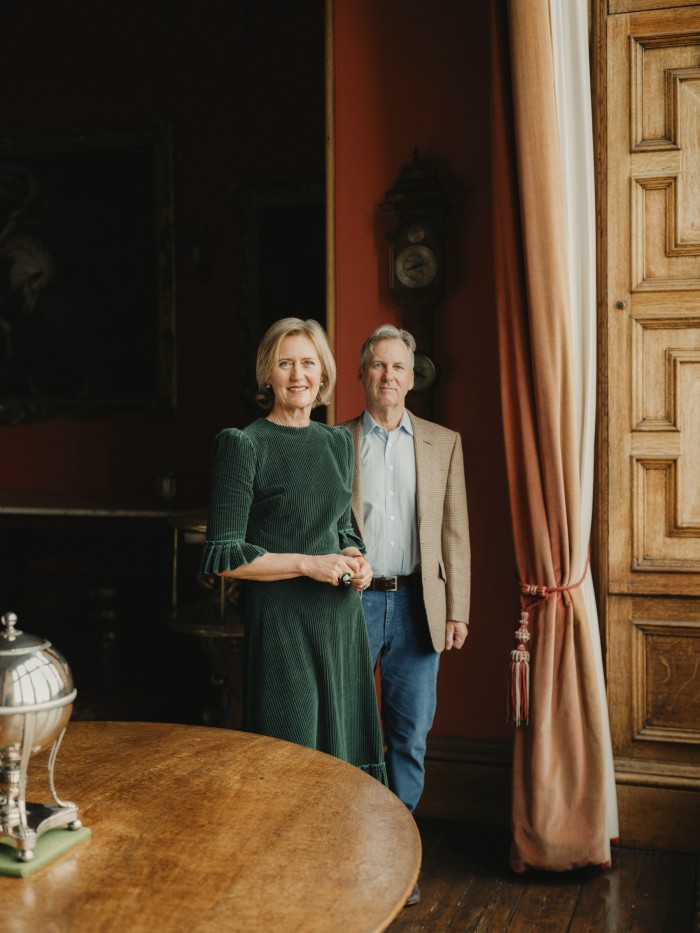
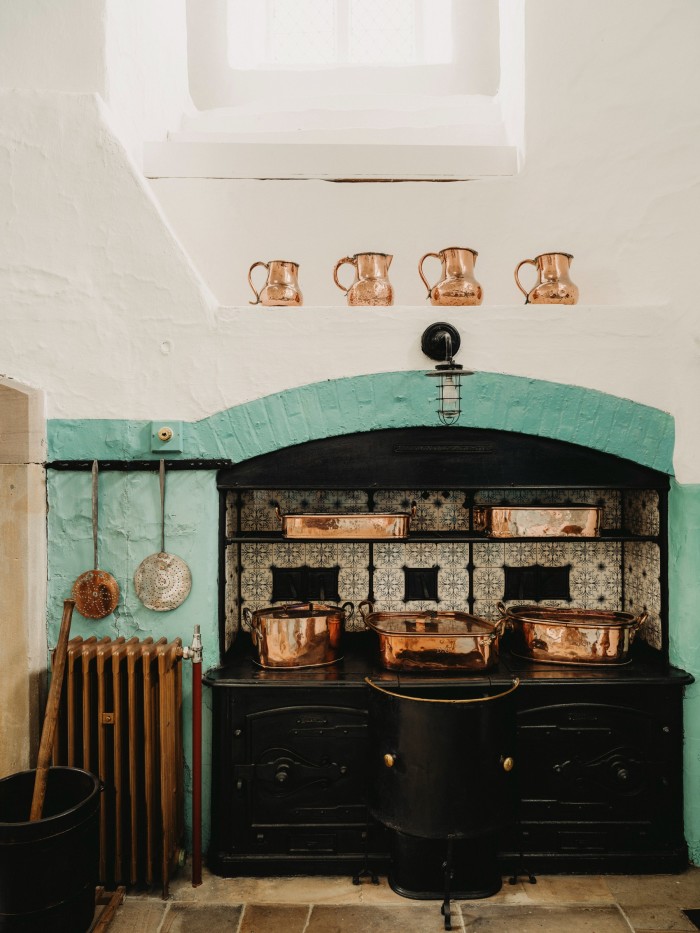
“Most historic houses are all so finished and perfect, but Raby is a time warp, and restoration has only happened in parts,” says Lord Barnard. Indeed, the off-piste rooms offer up idiosyncratic histories, such as the shelves and shelves of boxed broken kettles found in James Vane’s study, or the stack of straw- and horsehair-filled mattresses piled up in a cellar, recalling an installation by Joseph Beuys. There are countless cupboards and drawers: one devoted to used envelopes, another to curtain rods, another to fenders and fire tools for the 64 fireplaces. To their dismay, a previous Duchess of Cleveland took it upon herself to hand-paint the stucco mantelpiece. Another lady of the house had all the furniture and woodwork in one bedroom (including picture frames) painted in a goose-poo green.
Lady Barnard’s own interventions require consideration. “The place is so vast – I mean, how do you eat an elephant? One mouthful at a time,” she laughs. The boxed kettles have already been dispensed with. Other parts of the refit will take longer. “I’m sure there were ladies of the house who wanted to get to grips with it all, but after a while thought, ‘Crikey!’ I have a view of what I want to do and I do want to stop this business of successive generations living in one part and then another,” affirms Barnard. She has recently overseen the archiving of priceless ceremonial garments including christening and coronation robes.

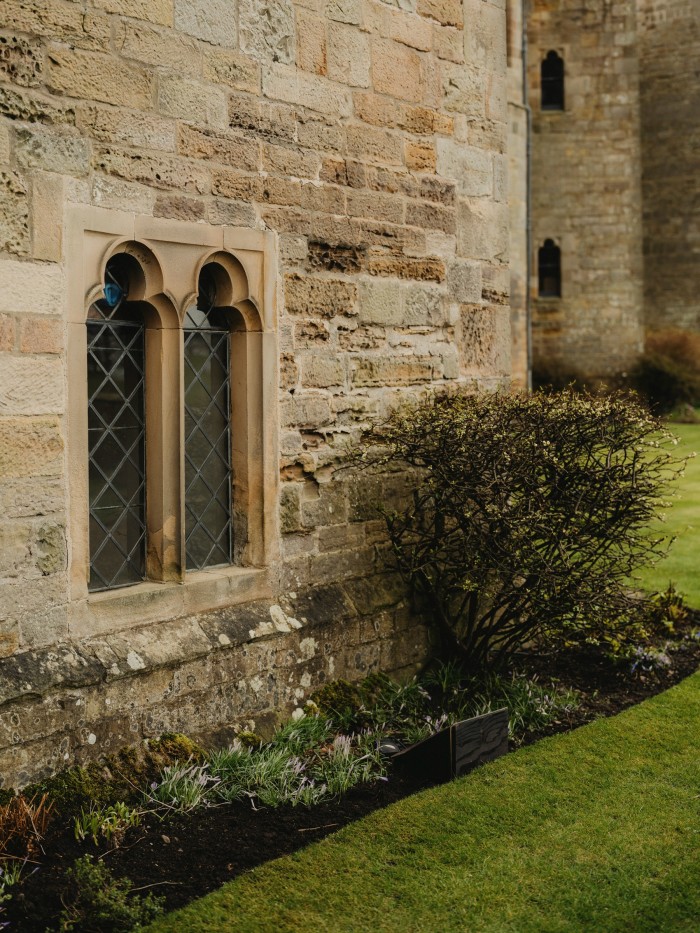
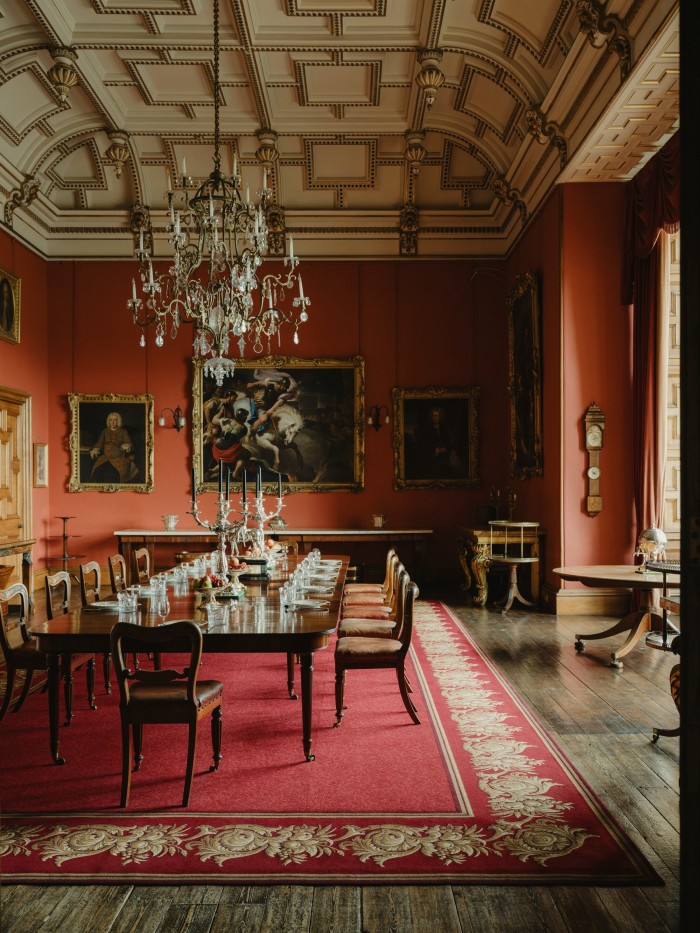
In the meantime, she and Lord Barnard have made a multimillion-pound private investment in The Rising – the renovation and construction of a series of buildings in the grounds. These feature several Grade II-listed properties, including a Dutch barn and a coach house, which they are planning to establish as a beacon of history and culture through which to futureproof the whole estate.
Named after the Rising of the North, it will sit in an impressive 24-acre development that includes an 18th-century five-acre walled garden rejuvenated by the landscape designer Luciano Giubbilei, and will represent the largest development in the castle’s history thus far. The Barnards hope it will be an environmentally sensitive, graceful venture where visitors can explore cultural programmes, dine on organic produce, shop (artisan goods and homewares) and hire spaces for events.
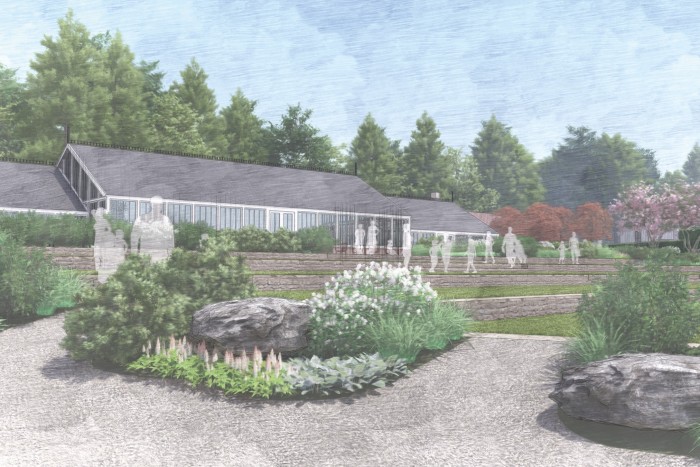
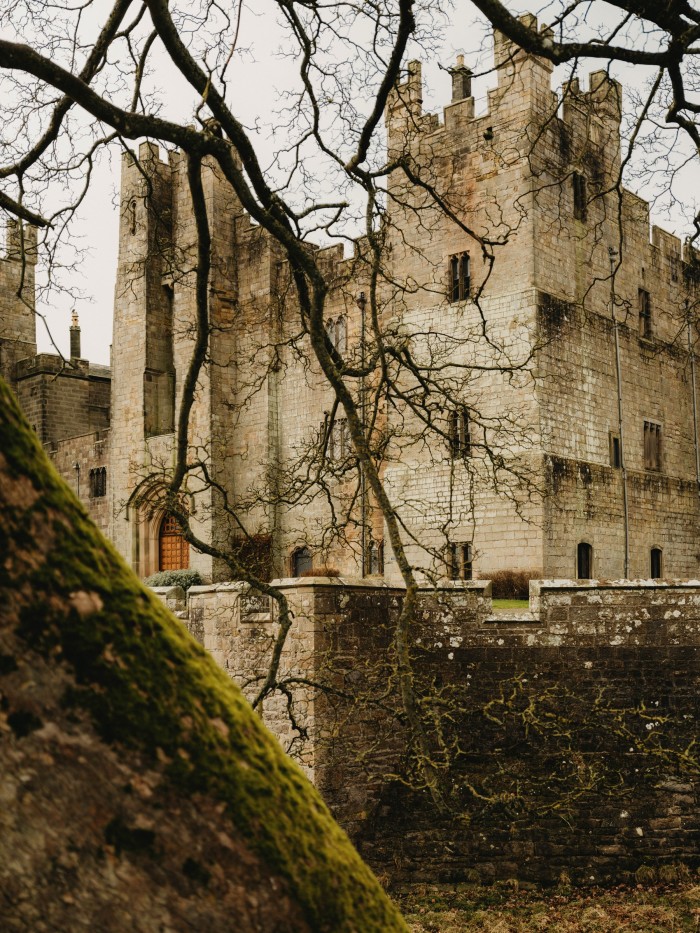
The Rising will be a boon to the local economy in Staindrop, a lesser-known part of north-east England, when it opens to the public in June this year. The neighbouring Yorkshire Dales have typically been the headline attraction in these parts. “We both felt there were two ways of looking at it: one being ‘It’s mine!’ and the other being ‘Let’s show it off!’” says Kate Barnard of the project’s impetus. “We needed somewhere in the local area that people would be proud of, as Raby has been inward‑looking for so long. Maybe that stems from the guilt of inheritance. We had the gardens and all these incredible buildings, so we decided to start there. I think people on the estate are really proud of being part of these changes. Before, it was a bit sleepy,” she explains.
Recommended
While the couple have spearheaded the project together, it is Kate, as creative director, who has thrust it forward. As the North Yorkshire-raised daughter of a lawyer father and rare breed-farmer mother, she brings fresh eyes to the business of castle stewardship. The Rising is a blank canvas that is not hidebound by tradition, whereas the castle interiors are steeped in the decorative footprint of many generations of Vanes, each one residing in different “living quarters” within the 100‑room castle and stamping their own style on them.

Likewise, Lord Barnard hopes to share Raby with more people. “My father did not allow entrance on Saturdays,” he says of the limited public access during his tenure. “Maybe because he wanted a lie-in or was concerned the staff might not want to work, and there was also the issue of entrance fees. Now there’s a lot of ground to explore before the payline, making it more accessible.” While castle visits and parkland walks (plus a yurt café) attracted around 180,000 visitors a year, boosted by The Plotters’ Forest adventure park (myriad wooden boardwalks that wind through the treetops), the team expects to receive 250,000 visitors once The Rising is in full swing. There is also a small hotel on the estate, High Force, named after the nearby 21m waterfall that gushes over Whin Sill rock. It’s billed as somewhere you can have a “waterfall wedding” set within the North Pennines Area of Outstanding Natural Beauty, and offers laidback affairs set to log fires and candlelight.
It’s thrilling to think of the centuries of visitors who have walked the routes around the estate, and the many who will follow. “It is challenging, whether one might have grown up in the castle or not, but this is one of those things you get on with,” says Barnard of the governance buried in the walls. “It is also a lesson in sensitivity and listening to what a place tells you. When trying to find something, Raby lets you know.”

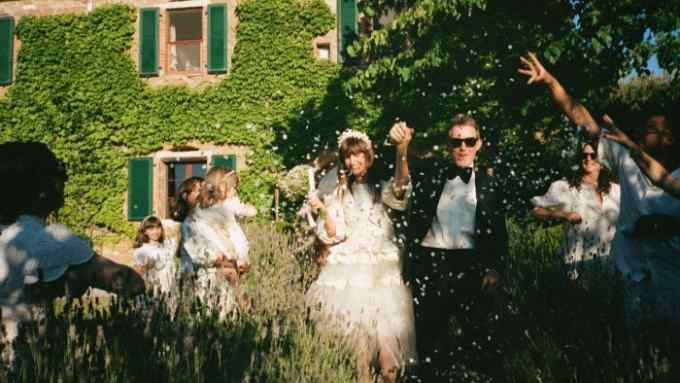
Comments